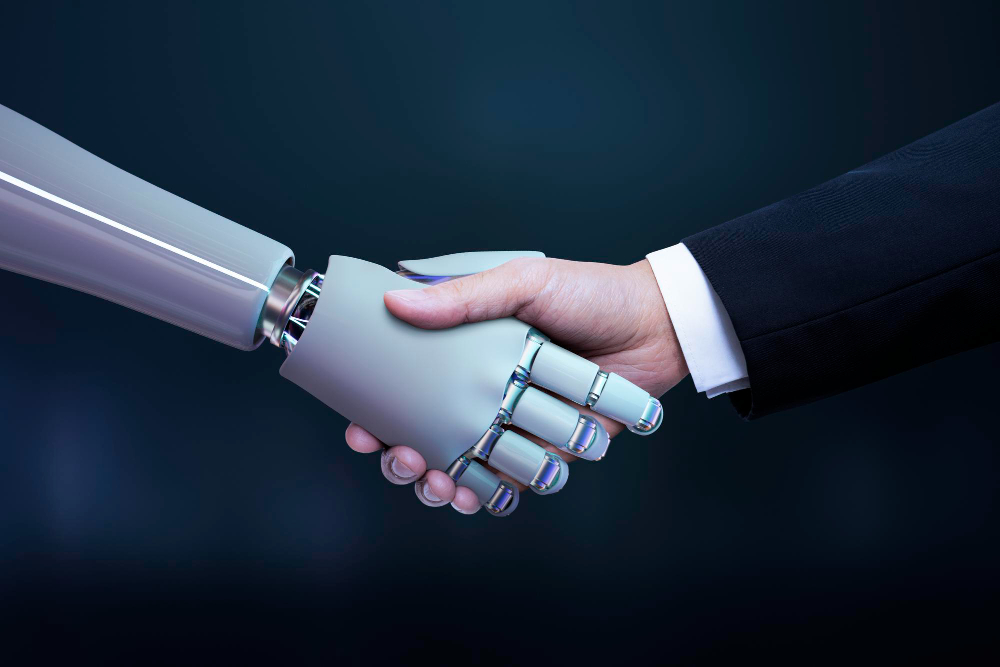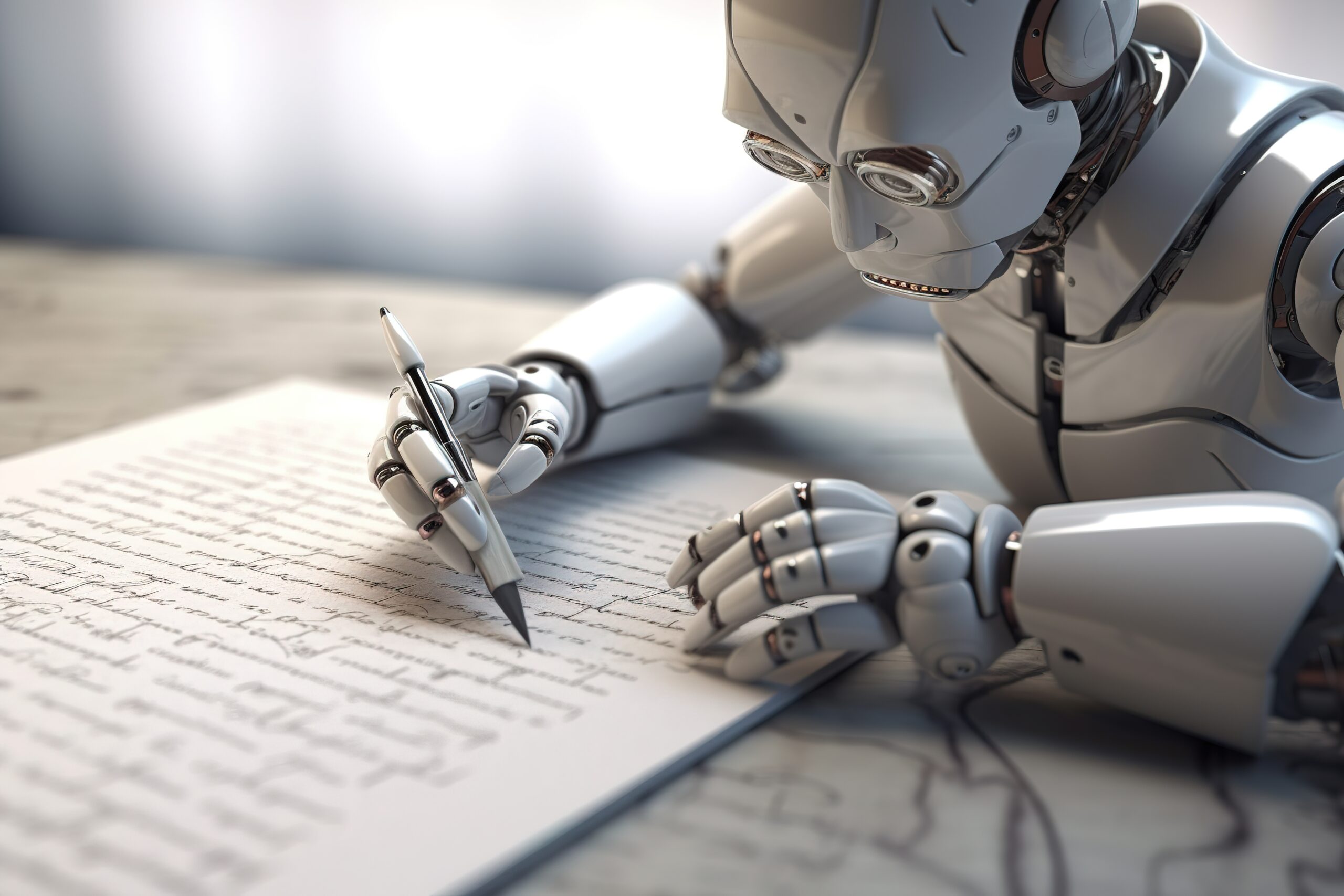Will Machine Translation Replace Human Translation in the Future?
Well, many people today might think of this hotly debated subject; whether machine translation will replace human translation as new or as a 21st-century-made argument.
However, it is a question that is as old as the outbreak of the Industrial Revolution back in the 18th century with the invention of the first steam engine.
Even though the human translation industry wasn’t negatively affected by the industrial upheavals at the time, the idea of machines replacing man was, and still is, a recurring topic.
So the question remains, will machine translation replace human translation?
To answer this question and give you Europe Localize’s take on the matter, we first need to define human translation and machine translation, tackling the latter’s several types, benefits, and challenges.
What Is Human Translation?
Human translation is exactly what the name suggests. It is the translation process, carried out by human translators after going through the source text and then conveying its message to a target language.
Human translation exists in many forms and takes many shapes, including localization, interpretation, subtitling, and the like.
What Is Machine Translation?
Machine translation is the automated process of translating text or speech from one language to another using computer programs, without any direct involvement from human translators, whether native translators or near-native translators.
But this is just the basic idea of machine translation that evolved later on, adopting many other types.

What are the Types of Machine Translation?
Machine translation branches out into different types, each serving a unique purpose. Some of the most prominent types include:
- Neural Machine Translation (NMT)
As the most advanced form of machine translation, there is no doubt that neural machine translation (NMT) has earned its spot as the most common type relied on today.
This type is structured to imitate how the human brain functions to produce fluent and natural-sounding texts from a source language of choice to any target language.
It leverages deep-learning features to translate texts, capturing complex linguistic patterns and contexts.
With such advanced capabilities, Neural Machine Translation is very common in industries that could benefit from creativity and quick adaptability such as marketing and the literary domain.
- Statistical Machine Translation (SMT)
Next in line is the statistical machine translation type. SMT models draw on large amounts of bilingual text data to translate content.
They compare word sequences from the source language with their counterparts from the target language to reach the most likely translation.
For example, if the English source sentence reads, “I love cats”, the SMT model breaks it down into individual words to find each word’s match in the target language and then constructs the target sentence into a readable sentence.
These models largely pale in comparison to NMT systems, yet they are still widely used in industries such as software development and government translation services.
- Rule-Based Machine Translation (RBMT)
Rule-based machine translation models operate under a set of specific rules that govern the translation process, including grammar, syntax, and vocabulary.
They are typically used in mediums where linguistic rules are well-defined such as legal and medical domains, where accuracy is paramount.

How Does Machine Translation Improve Industries?
Well, the most obvious answer would be by offering speed and scalability.
In today’s modern world, companies compete to improve their means of wide-scale production to make their products available in abundance and in the shortest timeframe possible.
While quality is still an essential goal for them, it unconsciously becomes less relevant by the day in a practical sense because of the insatiable need of the market that not only asks for quick results but also larger chunks of them.
As opposed to machine translation, human translation can only do so much.
It is a fact that human native translators are susceptible to underperforming in terms of speed and mass production, due to myriad reasons.
Human translators surely represent the party with the most knowledge and the most reliable understanding of languages. Hence, better quality.
However, global demands have made it so human translation could be disposed of as time goes on due to humans’ inability to match what the global market needs.
So from that viewpoint, machine translation replacing human translation would seem like the sensible go-to solution. But at what cost?
Machine Translations: Quick Results, Unreliable Quality
Despite the qualities that make machine translation replacing human translation more appealing, there are a set of challenges that make the cost very high if the world chooses machine translation as the default.
Some of these challenges are:
- Contextual Understanding
Languages are very complex and humans are even more so.
It is possible for a human being to completely misunderstand another, especially when many people usually say things they don’t necessarily mean.
If this complexity is elusive for humans, then machines are in a much worse position.
Literary texts, for instance, are the culmination of such complexities.
While it is possible for a machine to flawlessly capture the basic idea of a literary body of work, it will almost assuredly lack the soul that makes a literary text unique and timeless.
This is simply because genuine human emotions of an individual that show through their writing are non-replicable, even by other humans.
Yet, humans are the only ones who still have a better chance of getting anywhere near perfection in that regard.
- Adaptability to New Terms and Concepts
Human languages are not static when it comes to innovation.
With social media platforms simplifying communication between people around the world, new intercultural terms, concepts, abbreviations, and other linguistic constructs keep appearing on a frequent basis.
This will require constant updates and manual intervention by native translators to help machines adapt. Otherwise, the output will be riddled with mistakes that lower the quality of the content.
In contrast to machine translations, human translations already have the adaptability needed to keep up with the frequent changes.
- Complex Sentence Structures
In many cases, machines struggle with complex sentence structures, especially in languages that permit flexibility in word order, expressions, or complex grammatical rules, such as the English language.
For example, automated editing tools may underline a sentence as ambiguous or suggest the elimination of certain expressions, marking them as unnecessary, even though they are.
Such expressions can be the trademark that distinguishes one writer from the other. They can also be deliberately used to impact the reader’s experience in a certain way.
However, machines usually lack the ability to tell the difference between stuffing and unique writing styles.
Not even Neural Machine Translations (NMTs) are fully capable yet of navigating those subtleties.
Okay, so does that make machine translation a hopeless case? Does it make machine translation replacing human translation a trend that will slowly fade with time?
Not exactly because we have already mentioned that machine translations are still highly useful when it comes to delivering quick results at a massive scale.
As a result, the answer to the original question “Will machine translation replace human translation?” is that it would, only if the world decided for it to happen by pouring every resource it has to perfect machines to work independently and compensate for its shortcomings.
This, however, should take a long time, excessive effort, and billions of dollars to eventually become a reality.
For the time being, machine translation service providers like Europe Localize draw on every available option to reach the most optimal and most effective results.

What Is a Machine Translation Service?
A machine translation service is a professional service provided by translation companies to help other industries reach their goals, offering speed, efficiency, and quality.
Machine translation services exploit the many advanced features enabled by specialized software tools or online platforms to deliver instant translations.
However, to make up for the likely inaccuracies and incoherence, human native translators are assigned to monitor, review, and fix any errors committed by the tool in what is known as a machine translation post-editing phase.
Some translation providers enable free access to their exclusive tools and platforms to help individuals operate without direct contact with the company.
As advanced as those tools or platforms can be, there is still a high probability of an error-riddled output that might tarnish your business’s image, which is always important for a strong market presence.
Therefore, it is advisable to hire a human professional who knows how to best use those tools and provide post-editing services to improve the machine’s output.
Europe Localize: Your Trustworthy Translation Companion across Global Markets
Europe Localize is a European translation company that has been in service for over a decade.
We have access to a large network of translation professionals, boasting as many as 62K individuals who possess an extensive understanding of over 260 languages.
Rather than choosing one side over the other, Europe Localize draws on a state-of-the-art arsenal of machine-powered translation tools, combined with in-depth native translator’s knowledge and unmatched effort to maximize the benefit.
Our translators are well-versed in all industrial niches and subject matters, offering high-quality machine translation services to accelerate your business’s global growth.
Whether in-country or in-house, we guarantee access to the best translation teams in the industry at the most reasonable prices on the international market.
Request our machine translation services now and dominate the market.




